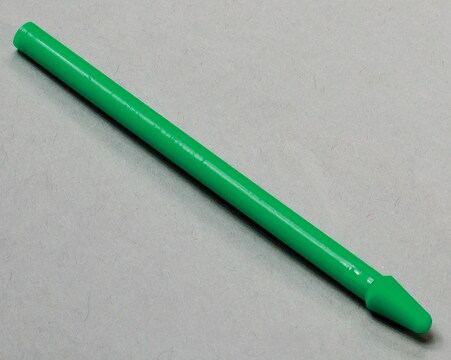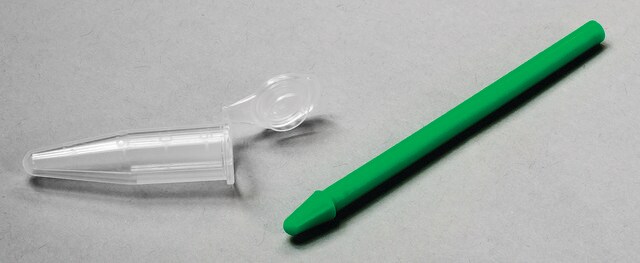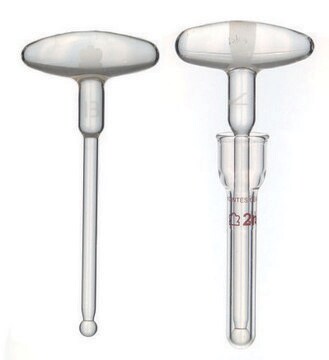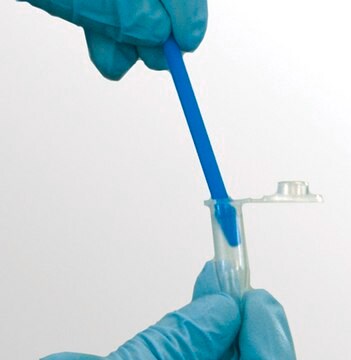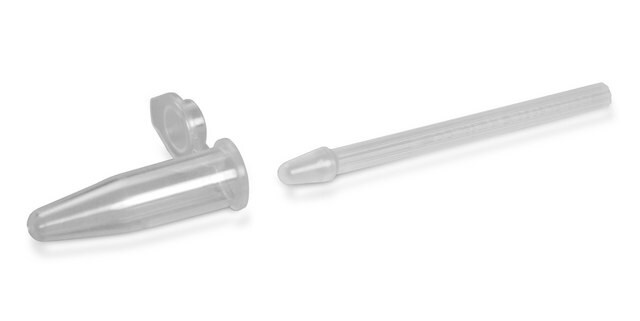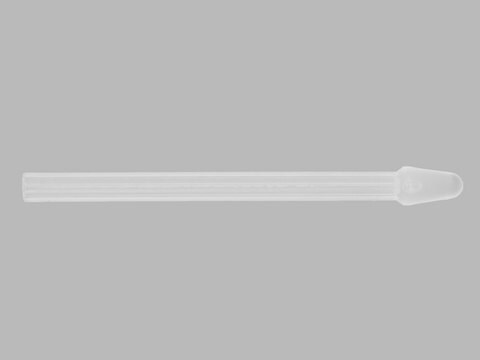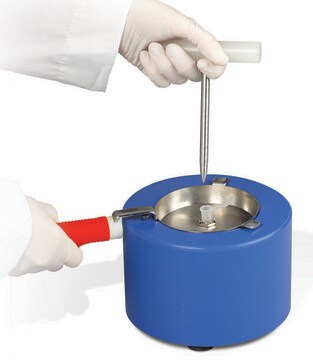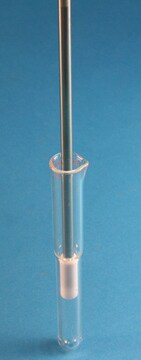Z359963
Pellet pestles
CTFE/stainless steel (Reusable, Autoclavable)
Sinonimo/i:
749515-0000, Laboratory Pestles, Pellet Grinder, Pestle for Pellets
Autenticatiper visualizzare i prezzi riservati alla tua organizzazione & contrattuali
About This Item
Codice UNSPSC:
41121800
eCl@ss:
32080115
NACRES:
NB.22
Prodotti consigliati
Materiali
CTFE/stainless steel (Reusable, Autoclavable)
Descrizione
Fits 1.5 mL microcentrifuge tube
Produttore/marchio commerciale
Kimble®
Cerchi prodotti simili? Visita Guida al confronto tra prodotti
Descrizione generale
Hand-operated or motor-driven grinders for resuspending pellets or disrupting soft tissue in microcentrifuge tubes. Pestle ends are specially designed to mate with 0.5 mL or 1.5 mL microtubes. Shaft is convenient length and diameter for gentle manual back-and-forth rotation or more vigorous motorized operation.
Z359955 will fit the cordless motor product Z359971 only by using the replacement adapter Z359998 for the motor, which is purchased separately.
Caratteristiche e vantaggi
• Manufactured from CTFE/stainless steel• Autoclavable• Reusable• 0.5 and 1.5 mL PELLET PESTLE® pestles fit micro centrifuge tubes
Note legali
KIMBLE is a registered trademark of DWK Life Sciences
Pellet Pestle is a registered trademark of Kimble Kontes Asset Mgmt. Inc.
Certificati d'analisi (COA)
Cerca il Certificati d'analisi (COA) digitando il numero di lotto/batch corrispondente. I numeri di lotto o di batch sono stampati sull'etichetta dei prodotti dopo la parola ‘Lotto’ o ‘Batch’.
Possiedi già questo prodotto?
I documenti relativi ai prodotti acquistati recentemente sono disponibili nell’Archivio dei documenti.
I clienti hanno visto anche
Melisa D Marquioni-Ramella et al.
Experimental eye research, 190, 107854-107854 (2019-11-02)
Death of retinal photoreceptors is the basis of prevalent blinding diseases. Since steroids might have a therapeutic role in retinal degenerations, we compared the protective effects of dexamethasone and progesterone on photoreceptor death induced by mifepristone and light exposure. Therefore
Serena E O'Neil et al.
Respiratory research, 12, 124-124 (2011-09-24)
Proteomic studies of respiratory disorders have the potential to identify protein biomarkers for diagnosis and disease monitoring. Utilisation of sensitive quantitative proteomic methods creates opportunities to determine individual patient proteomes. The aim of the current study was to determine if
Il team dei nostri ricercatori vanta grande esperienza in tutte le aree della ricerca quali Life Science, scienza dei materiali, sintesi chimica, cromatografia, discipline analitiche, ecc..
Contatta l'Assistenza Tecnica.
